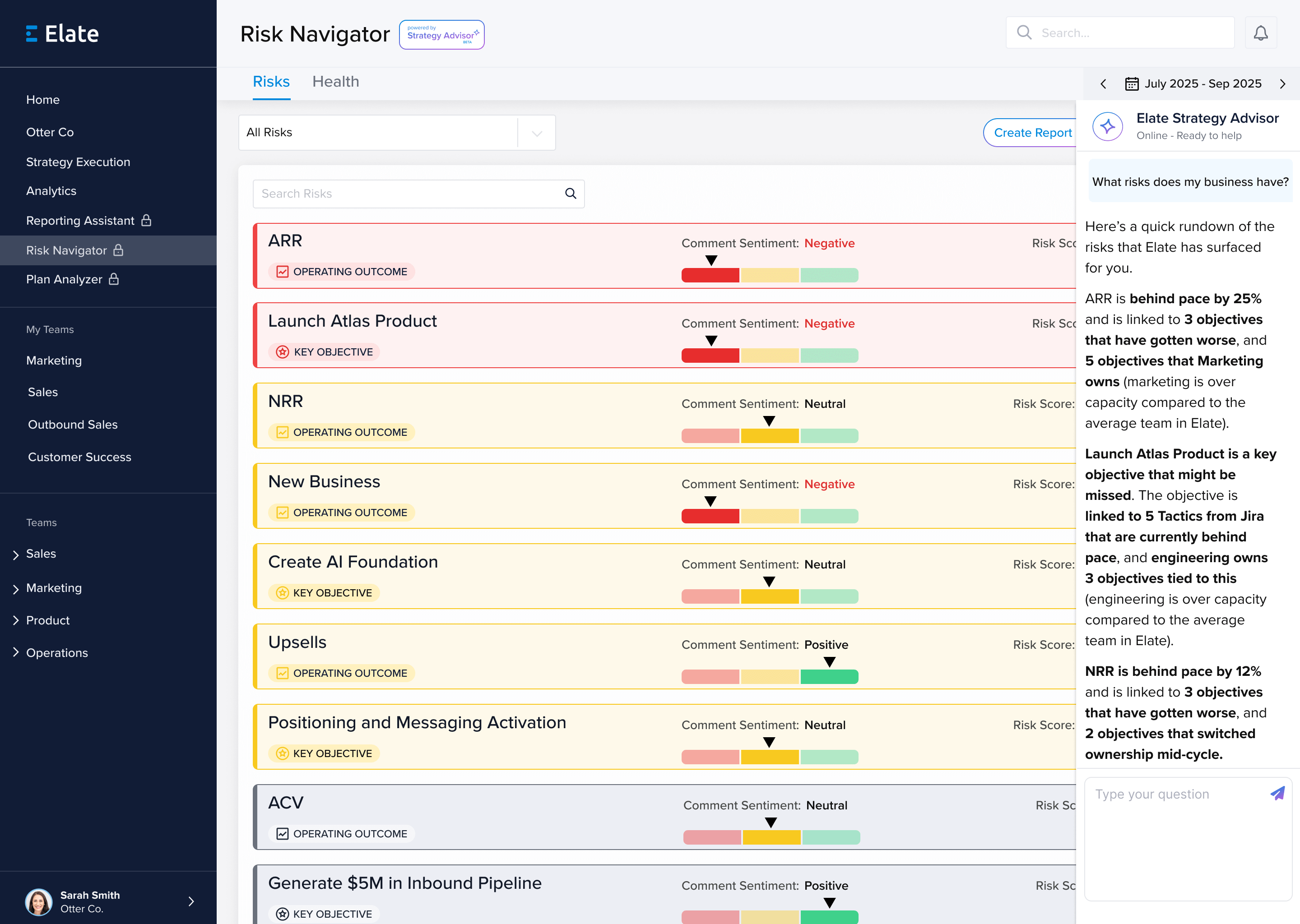If you run a business in the modern era, then you need to be able to communicate effectively. The reality is that communication today has been more important than it ever has been in the past. Furthermore, because many teams are working remotely, communication has also become more challenging. All of this has had a major impact on project collaboration. If you are looking for assistance with project collaboration, it is important to focus on communication strategies.
If you are wondering, “what are communication strategies,” these are strategies that govern the way team members, managers, and business partners communicate with each other. There are numerous communication strategies in business. Before getting into specific communication strategies, it is important to where do the different types of communication. Of course, the most common type of communication is verbal communication, where one person is speaking directly to another. Often, people speak differently than they type. That is what makes nonverbal communication, such as communication that takes place using text messages or emails, slightly different. Depending on how someone is communicating, the communication strategy may change.
Having a communication strategy is vital to every business. Without a firm communication strategy, it is easy for team members to get confused when it comes to their specific roles in various projects. Therefore, businesses have to communicate in a way that ensures the recipient understands what is being asked of him or her. Furthermore, it is important to communicate with empathy and compassion so that everyone understands they are valued. Ultimately, when businesses are communicating with their team members, it is important to focus on the issue instead of the person. Be flexible, be genuine, and be empathetic. Use affirming responses that focus on validating the feelings of the person on the other end of the line. All of this can go a long way toward helping team members communicate effectively with one another.
Communication Between Managers And Employees
One very specific type of communication that takes place in the workplace involves managers and employees. Even though it is important for managers to let employees know what their expectations are, it is also important for managers to make sure employees are heard.
Therefore, when managers are speaking to employees, it is important to pause during the conversation to allow the employee to respond. This is important for making sure the employee understands what is being asked of him or her. This also allows the employee to voice any concerns that he or she may have.
As one of the top examples of communication strategies, managers need to make sure they are focusing on the behavior or the action instead of the person. Refrain from personal attacks and instead focus on behaviors that may need to change.
Furthermore, managers also need to be empathetic as one of the main communication strategies examples. Never attack the way an employee is feeling. Instead, make sure the employee knows that it is okay to feel that way. Then, highlight specific ways that this energy can be channeled to make the company a better place. These straightforward strategies can go a long way toward improving communication between managers and employees.
Communication Strategies in the Workplace
When it comes to communication strategies in the workplace, it is important to focus on ways to improve communication in an organization. Today, more people are working from home than ever before. Therefore, strategies for improving organizational communication have to address not only verbal communication but nonverbal communication as well.
Leadership needs to understand its role when it comes to communicators. Everything flows from the top down. Leaders are going to set the example when it comes to how an organization communicates. Therefore, leaders have to make sure they establish a channel for two-way feedback. Employees have to feel comfortable speaking up when they have concerns. It is easy for leaders to overlook problems that are taking place at the lower levels. As long as there is a channel for two-way feedback, and feedback is provided on a regular basis, employees will feel hurt. This will help the organization appear more transparent while also leveraging the ideas and innovations that come from people at the lower levels of the organization.
Team Communication Skills
Teams have to communicate effectively. Otherwise, goals are not going to be met. Team communication skills are different from communication strategies that are implemented at a broader level. Often, effective communication within a team takes place during one-on-one meetings, interactions with managers, and overall team meanings.
First, one of the most important team communication strategies is to silo all communications. There are advanced tools that team leaders can use to create communication chains among various members of the team. This can make it easier for the team to distribute documents, files, and communicate with one another when compared to traditional email communications.
Then, it is important to make sure the team has face-to-face meetings on a regular basis. That way, verbal and nonverbal communication skills can rise to the forefront. During these meetings, it is important to make sure that people speak one at a time. That way, everyone feels like he or she is being heard. Furthermore, during one-on-one meetings, it is critical for managers to make sure employees know that their opinions are being heard and validated. This can go a long way toward ensuring smooth communication among members of a team.
Effective Communication Strategies
It is also important to focus on communication strategies that contribute to an effective business presentation. When there is a new business presentation that is taking place, people have a tendency to speak quickly. Even though you may understand the information that is being presented, there is a good chance that the audience is hearing this information for the first time. Therefore, speak slowly and give members in the audience time to ask questions. Even though you may be a bit nervous, you need to keep your rate of speech under control.
When you are providing a business presentation, one of the most effective communication strategies is to ask questions. This is a good way to test the audience to see if your information is landing as you expected. If the responses you are getting are not in line with your presentation, there is a chance that the audience may not be understanding what you are saying. This is a good chance to go back and clarify the information you are presenting. When people leave the room, you want them to have a solid understanding of what you just presented.
Implement Effective Communication Strategies
There are going to be communication barriers that arise from time to time. You need to focus on communication strategies to address barriers. For example, it may be helpful to take a few communication tips and include them in an effective communication and project management PDF that you distribute to your employees and team members.
If you are able to implement effective communication strategies, your daily operations will streamline. For example, among your organization, it is a good idea to distribute engagement surveys and act on the results. Engagement surveys are important because they help organizations improve communication in the workplace, employees feel like they are being heard, and they can provide you with actionable insights that you can use to improve the quality of your communication.
In your PDF, you want to focus on a wide variety of communication channels. This includes focus group results, social reviews, leadership feedback, company meeting feedback, and readership statistics on your emails. Then, the most important tip that you need to improve is transparency. Make sure that team managers understand they should be transparent with the members of their team. If they focus on transparency, their team members are going to feel more comfortable speaking up. That way, you will have a good idea of what is working well and what needs to change. All of this can help you improve your company culture.
Communication in Project Management
Ultimately, it is important to use these project communication best practices. The importance of communication and project management cannot be overstated. Sometimes, it can be helpful to take a look at examples of poor communication in project management. That way, you can identify these potential issues as early as possible, correcting them before they get out of control.
For example, if you noticed that all of your communication is falling from the top down (from managers to employees), and nothing is coming back up, this is a sign of poor communication. Your employees are not being heard. Make sure that your employees feel comfortable speaking up.
In addition, if you find that a lot of your communication involves the word “you,” then there is a good chance that your communication is focusing on the person instead of the action. You should always refrain from personal attacks or critiques. Always focus on the behavior instead.
If you focus on avoiding these examples of poor communication, your project management skills will improve instantly.











